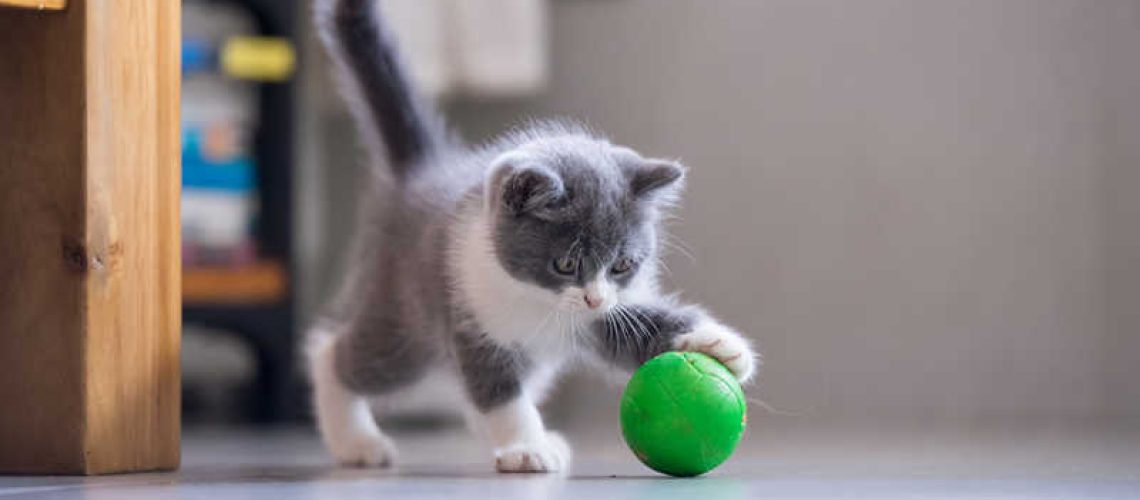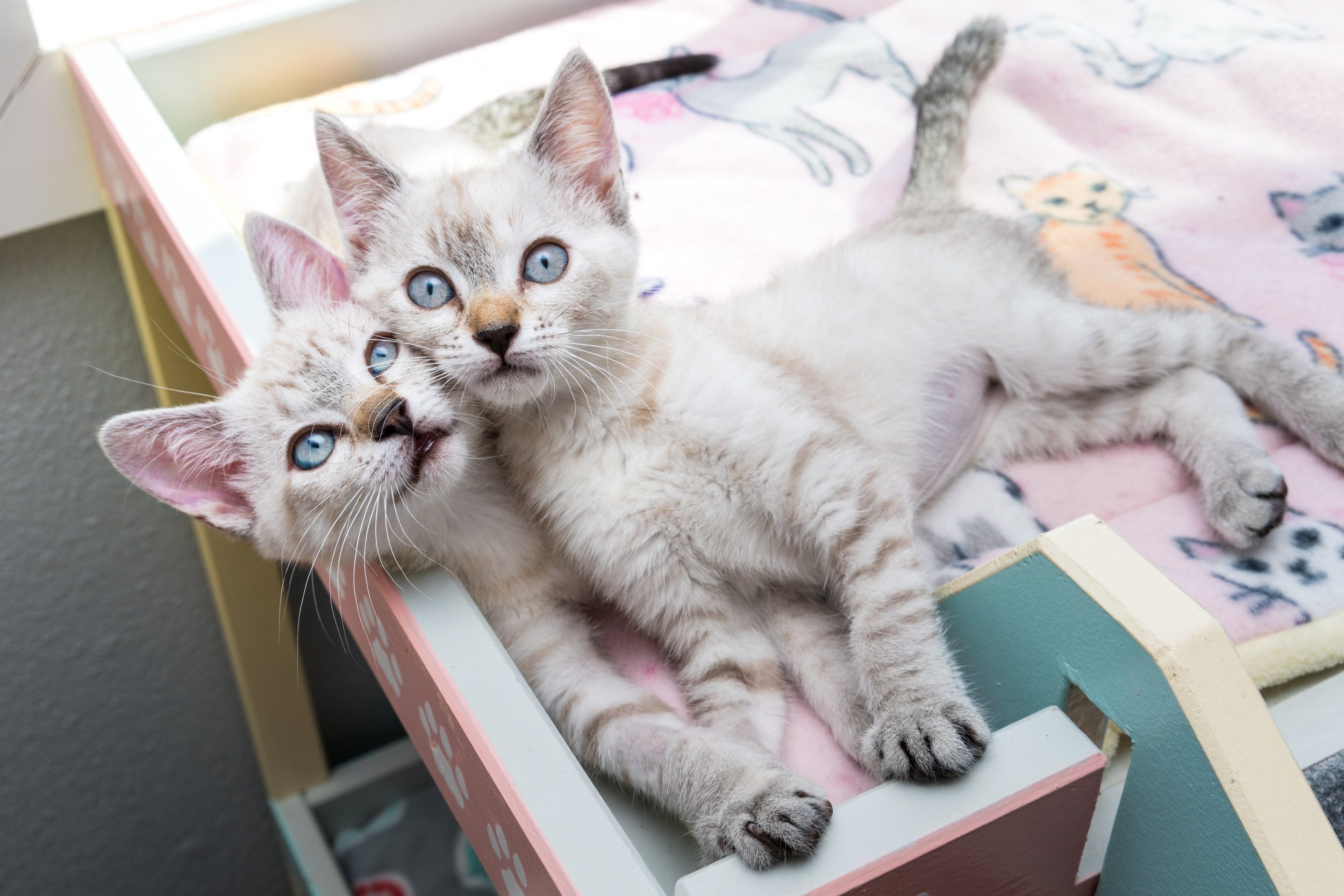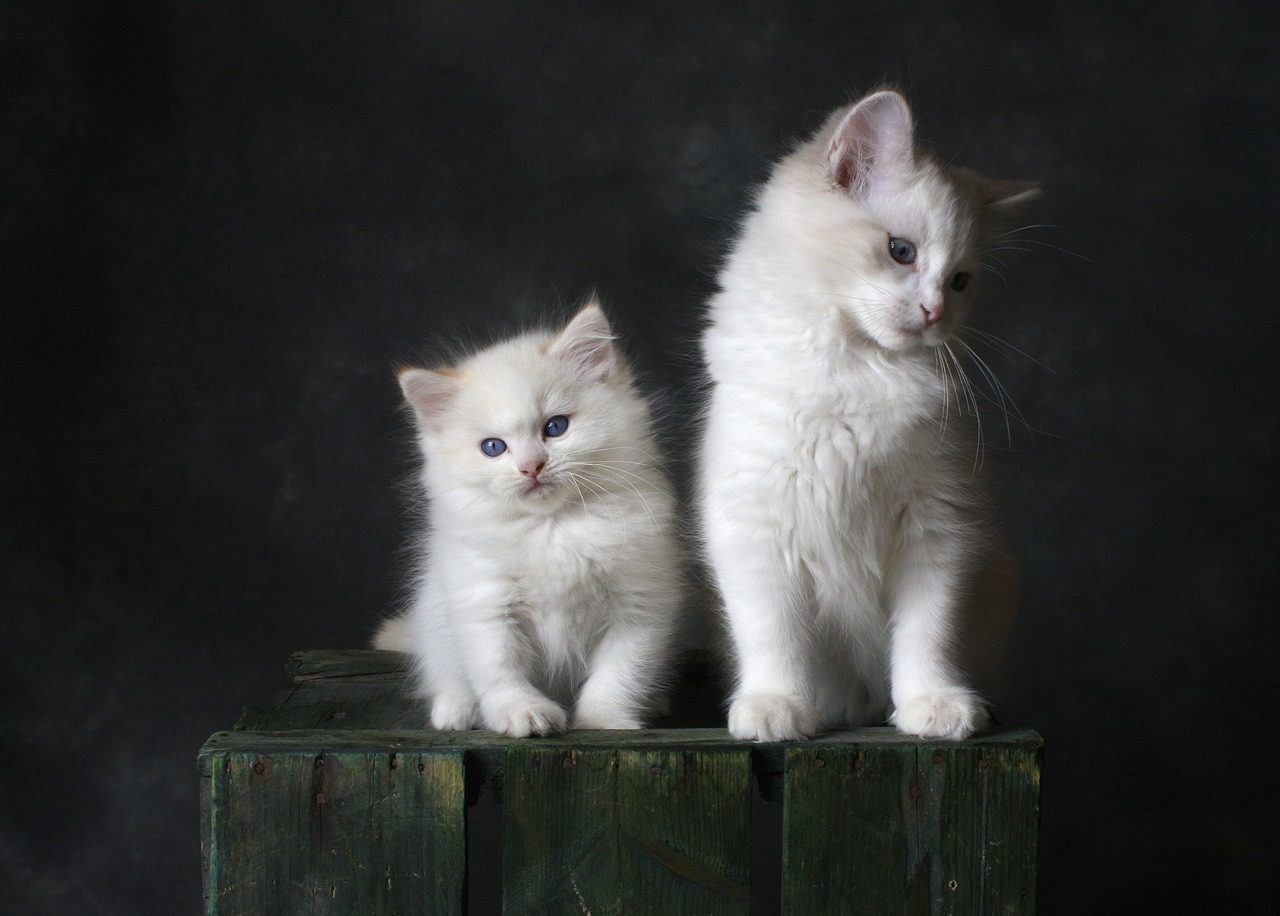Are you a proud owner of a playful little kitten? If so, then you know just how adorable and mischievous they can be. But did you know that keeping your kitten safe while playing is crucial for their overall well-being?
By understanding the importance of creating a safe environment for your furry friend, you can ensure that they have endless hours of fun without any harm or accidents. In fact, studies show that kittens who are provided with a safe play space are not only happier but also healthier in the long run. So, if you're ready to discover the secrets to keeping your kitten safe during playtime, then keep reading! Your feline companion will thank you for it.
Key Takeaways:
- Always supervise your kitten while they are playing to ensure their safety.
- Provide a safe and secure environment for your kitten to play in, free from hazards such as toxic plants or small objects they could swallow.
- Choose appropriate toys for your kitten that are specifically designed for their age and size to prevent any choking or injury risks.
- Avoid rough play with your kitten to prevent scratches or bites, and instead encourage gentle interactions and positive reinforcement during playtime.
- Regularly inspect and maintain your kitten's toys to ensure they are in good condition and don't pose any danger, such as loose parts that could be swallowed or sharp edges.
Keeping Your Kitten Safe During Playtime
Why is it important to keep your kitten safe during playtime?
During playtime, kittens are full of energy and curiosity. They love exploring their surroundings and engaging in playful activities. However, it's crucial to ensure their safety during this time. Kittens are small and vulnerable, and there are potential dangers that they may encounter while playing. As a responsible pet owner, it's essential to create a safe environment for your kitten to prevent accidents or injuries.
How can you keep your kitten safe during playtime?
To keep your kitten safe during playtime, there are a few important steps you can take. First, make sure the play area is free from any hazards such as sharp objects, toxic substances, or small items that could be swallowed. It's also important to supervise your kitten closely while they are playing to prevent them from getting into trouble.
Additionally, provide your kitten with appropriate toys that are specifically designed for cats. Avoid using string or small objects that could be easily swallowed or cause choking hazards. Regularly inspect the toys for any signs of wear and tear and replace them if necessary.
Remember to always prioritize your kitten's safety during playtime by creating a secure environment and providing suitable toys for them to enjoy without any risks.
Potential Dangers for Kittens While Playing
Common dangers kittens may face during playtime
While kittens love to explore and have fun during playtime, there are potential dangers they may encounter. Some common dangers include:
1. Choking hazards: Kittens have a tendency to put things in their mouths. Small objects like buttons, coins, or even rubber bands can pose a choking hazard if accidentally ingested.
2. Toxic substances: Household cleaners, certain plants (such as lilies or poinsettias), and some human foods (like chocolate or onions) can be toxic to kittens if ingested.
3. Electrical cords: Kittens may be attracted to electrical cords, which can pose a risk of electrocution if chewed on.
4. Open windows: Kittens are naturally curious and may try to climb out of open windows, putting themselves at risk of falling.
How to prevent potential dangers during playtime
To prevent these potential dangers during your kitten's playtime, take the following precautions:
1. Keep small objects out of reach: Make sure to keep small objects that could be swallowed away from your kitten's play area.
2. Remove toxic substances: Store household cleaners and chemicals in secure cabinets or areas that are inaccessible to your kitten. Research which plants and human foods are toxic to cats and ensure they are kept out of reach.
3. Secure electrical cords: Use cord covers or hide cords behind furniture to prevent your kitten from chewing on them.
4. Use window screens or keep windows closed: If you have open windows, make sure they have sturdy screens installed to prevent your kitten from escaping or falling.
By being aware of these potential dangers and taking necessary precautions, you can ensure a safe and enjoyable playtime for your kitten.
Creating a Safe Play Area for Your Kitten
Why is it important to create a safe play area for your kitten?
Creating a safe play area for your kitten is essential for their well-being and safety. Kittens are naturally curious and energetic, so having a designated space where they can explore, play, and exercise without any hazards is crucial. By creating a safe play area, you can provide an environment where your kitten can freely express their natural behaviors while minimizing the risks of accidents or injuries.
Tips for creating a safe play area for your kitten
When creating a safe play area for your kitten, consider the following tips:
1. Choose a confined space: Start by selecting a small room or area where your kitten can play without access to other parts of the house. This will allow you to easily supervise and control their playtime.
2. Remove potential hazards: Inspect the play area and remove any potential dangers such as toxic plants, sharp objects, or cords that could be chewed on.
3. Provide scratching posts and climbing opportunities: Kittens love to climb and scratch, so include appropriate scratching posts and cat trees in the play area to satisfy these natural behaviors.
4. Offer hiding spots and cozy resting areas: Create hiding spots using boxes or tunnels where your kitten can retreat when they need some quiet time. Also, provide comfortable bedding for them to rest after play sessions.
By following these tips, you can create a safe and stimulating play area that promotes your kitten's physical and mental well-being while ensuring their safety during playtime.
Safe and Appropriate Toys for Kittens to Play With
Kittens are naturally curious and playful creatures, and providing them with safe and appropriate toys is essential for their development and entertainment. When choosing toys for your kitten, it's important to consider their size, materials, and durability. Soft toys made specifically for kittens, such as plush mice or balls with bells inside, are great options as they are gentle on their teeth and claws. Avoid toys with small parts that can be easily swallowed or sharp edges that may cause injuries.
Interactive Toys
Interactive toys are a fantastic way to engage your kitten's natural hunting instincts while providing mental stimulation. Toys like feather wands or laser pointers allow you to interact with your kitten, encouraging them to chase and pounce. Remember to never shine the laser directly into their eyes as it can be harmful.
Treat Dispensing Toys
Treat dispensing toys not only keep your kitten entertained but also provide a fun challenge for them. These toys have hidden compartments where you can place treats or kibble, motivating your kitten to figure out how to retrieve the food. This type of toy helps prevent boredom and encourages problem-solving skills.
When introducing new toys to your kitten, always supervise their playtime initially to ensure they don't accidentally swallow any small parts or get tangled in strings. Regularly inspect the toys for any signs of wear or damage, replacing them if necessary.
Potentially Harmful Household Items and Plants During Kitten Playtime
While playtime is crucial for a kitten's development, it's essential to create a safe environment by removing potential hazards from their reach. Some household items can pose risks if ingested or played with inappropriately.
Toxic Plants
Certain plants commonly found in households can be toxic if chewed or ingested by kittens. Examples include lilies, azaleas, and poinsettias. It's crucial to research and identify any potentially toxic plants in your home and keep them out of your kitten's reach.
Household Chemicals
Cleaning products, pesticides, and other household chemicals should be stored securely in cabinets or high shelves to prevent accidental ingestion by curious kittens. Always read labels carefully and follow instructions for safe usage.
Small Objects
Kittens are naturally curious and may try to play with small objects they find around the house. Be cautious of items like rubber bands, paperclips, or coins that can be easily swallowed and cause choking or intestinal blockages. Keep these items out of your kitten's reach or store them in closed containers.
By being aware of potential hazards and taking necessary precautions, you can ensure a safe playtime environment for your kitten.
Supervising Your Kitten's Playtime for Safety
While it's important to provide opportunities for independent play, supervising your kitten during their playtime is crucial for their safety.
When introducing new toys or play areas, it's best to start in a controlled space such as a small room or enclosed area. This allows you to observe their behavior closely and intervene if necessary. Gradually expand their play area as they become more comfortable and confident.
During playtime, always keep an eye on your kitten to ensure they don't engage in any dangerous behaviors. Watch out for excessive roughness or aggression towards other pets or family members. If you notice any signs of distress or discomfort, it's essential to intervene immediately.
Remember that kittens have boundless energy but also need plenty of rest. Avoid overstimulating them with extended play sessions and provide designated quiet areas where they can relax undisturbed.
Tips for Teaching Good Behavior During Kitten Playtime
Playtime is not only about fun and exercise but also an opportunity to teach your kitten good behavior. By incorporating training into their play sessions, you can establish boundaries and reinforce positive habits.
Positive Reinforcement
Rewarding your kitten with treats or praise when they exhibit desired behaviors during playtime is an effective way to encourage good behavior. For example, if they use a scratching post instead of furniture, offer them a treat or verbal praise as a reward.
Redirecting Unwanted Behavior
If your kitten starts engaging in unwanted behaviors, such as biting or scratching excessively, it's important to redirect their attention to appropriate toys or activities. Use a firm "no" and gently guide them towards an acceptable alternative. Consistency is key in teaching them what is acceptable and what is not.
Schedule Regular Play Sessions
Establishing a consistent play schedule helps kittens understand when it's appropriate to engage in active play and when it's time for rest. This routine can help prevent excessive energy levels and promote better behavior overall.
Remember that kittens have short attention spans, so keep play sessions short but frequent throughout the day. As they grow older, gradually increase the duration of playtime to accommodate their energy levels.
In conclusion, providing safe toys, creating a hazard-free environment, supervising playtime, and incorporating training are all essential elements for a successful and enjoyable kitten playtime experience. By following these guidelines, you can ensure that your kitten stays entertained while learning valuable skills and behaviors.
In conclusion, it is important to prioritize your kitten's safety while playing. By supervising their playtime, creating a safe environment, and providing appropriate toys, you can ensure that your kitten stays safe and enjoys their playtime to the fullest.
What is safe for kittens to play with?
Kittens can engage in object play with items such as toy mice, fish, ping-pong balls, bottle tops, feathers, and scrunched up foil or paper. However, it is important to supervise them at all times to prevent them from ingesting any dangerous materials.
Is it OK to play rough with your kitten?
It is important to avoid hitting, swatting, or grabbing your kitten as this could unintentionally harm them. These actions may lead to a fear of people and even cause the kitten to become aggressive towards hands and feet if they associate them with fear or pain.
How do I stop my kitten from playing too rough?
When playing with your cat, avoid encouraging him to playfully scratch or bite at your hands or feet. Instead, redirect the play towards a long, dangling toy or by throwing your cat's favorite toys. Plan play sessions for when your cat appears most energetic and engaged. Give your cat attention when he actively seeks it.
Where not to touch a kitten?
In general, cats don't enjoy being touched on their belly, legs, or tail. However, there are exceptions, as some cats may enjoy affection no matter where they are touched or who is doing the petting. It's best to avoid touching an unfamiliar cat on their stomach or extremities.
What is too aggressive kitten play?
Play aggression in cats includes biting, scratching, stalking, and attacking people, as well as treating people like they would treat prey or another cat. This behavior is most common in the morning and evening, similar to their hunting instincts.
What is the single kitten syndrome?
The concept of single kitten syndrome suggests that if a young kitten is raised with other kittens and cats but is then adopted and brought into a home alone, it may exhibit signs of aggression, anxiety, stress, and potential behavioral problems such as inappropriate chewing/scratching and improper use of the litterbox.

















